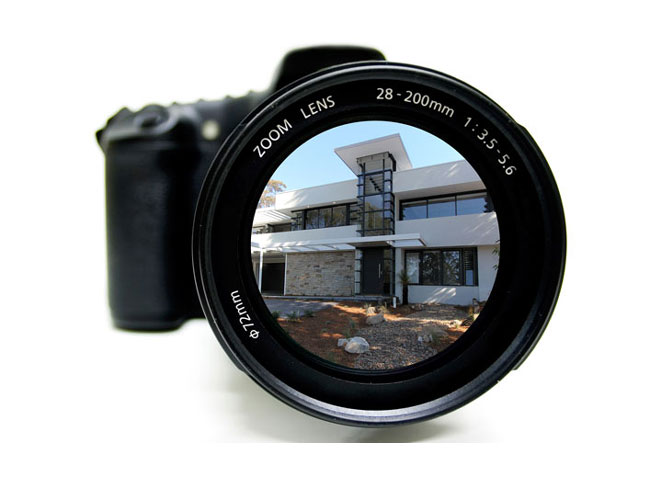Where do you start when marketing your investment property?
The answer is- setting a rental price.
In our previous blog we discussed ‘Marketing Your Rental Property- The 5 Essentials’ now we will start at the beginning. It is important to get your initial asking price right as the wrong thinking and strategy could lead to lengthy vacancies subsequently affecting your bottom line.
Market value is the price a tenant is prepared to pay a landlord under normal conditions at a given time. What that means is that, from a field of possible properties to choose from, the tenant will decide which one represents, to them, the most appropriate home and the best value.
There are many factors that can influence the rental price, but the two main ones are supply (how many properties are available) and demand (how many tenants are available) at this particular moment.
If there are more tenants looking to rent than there are properties, they will compete with each other, pushing prices up. On the other hand, if there are more properties available than there are tenants, the landlords compete, pushing prices down.
The relationship between supply and demand for rental properties can be estimated by knowing the vacancy rate. The vacancy rate indicates the percentage of investment properties that are currently vacant. Each area has a different vacancy rate, and each area has a different method of interpreting the vacancy rate.
For example, Sydney vacancy generally hovers around one to three per cent. The lower the vacancy rate, the tighter the market and the stronger the rental prices. At vacancy rates below one per cent, tenants become desperate and start offering more than the asking price to secure a property.
In other areas, a vacancy rate of eight to ten per cent might be considered normal. Check out the vacancy rates in your area, as this is the first indicator of how strong the rental market is at the moment.
Keep in mind that, like buying, renting has seasons as well. Generally, the closer to Christmas, the fewer tenants will be looking. This starts to become noticeable in November, but December is traditionally very quiet. On the other hand, beachside properties are more desirable in summer and become quiet in winter.
Research
Once again, it’s time to research. There’s a number of resources that be very helpful in giving you an idea of current prices. Companies such as Australian Property Monitors and CoreLogic RP Data can provide information on properties that have been leased in your area.
It’s also helpful to know which properties you will be competing with. While tenants start their search sorting properties by price and location, it’s quality and cleanliness that will determine value leading to their ultimate choice.
Look on domain.com.au or realestate.com.au for a list of what is available. However, to get a real feel for comparable properties, you need to take the time to inspect them.
Finally, keep in mind that your expenses have no bearing on what a tenant will be willing to pay. This is a trap many investors set for themselves – needing a certain rental to cover their costs. Eventually, they either get lucky, which is rare, or lose months of rent.
Pricing strategy
Once you have a feel for price, an effective strategy is to start at slightly higher than the market rate and be ready to move down quickly if necessary. Being slightly above the market gives you the opportunity to get a premium rent if it’s out there, but be ready to listen to the market and act quickly if it’s not.
Renting a property is different to selling your home. When selling, it pays to wait for the best price you can negotiate, even if that may take a little while. After all, you only get one chance. With renting, every week the property is empty is costing you money in lost income.
Chasing a few extra dollars in weekly rent makes no sense if you are losing thirty times that every week in lost rent. The longer the property is vacant, the less money you will make. Sometimes, accepting a lower rent, particularly to secure great tenants, is the wise move.
About Us
George Astudillo is the founder of Property Quarters, an agency that values communication and great relationships with its landlords.
George now has more than 30 years in real estate, including 15 years as the owner of a national real estate franchise. He’s also an accredited auctioneer and is the author of “The Landlord Mindset”, a book with his best tips to help landlords look after their investments. His book has been quoted in the SMH, The Huffington Post and The Age.
As the founder of Property Quarters, George takes great care in looking after his landlord’s investments. Having seen it all and worked with may landlords and tenants, he’s a strong mediator and negotiator and knows how to navigate through property legislation.
George is trusted by his landlords to advise on the financial management of their investments. He’s put in place proven processes to ensure each property he looks after is managed effectively to retain its value, quality tenants and rental income.
If you’re looking for a property manager who thinks like a landlord and whose business is built on tested processes, contact us by clicking HERE.
Copyright © 2022, www.propertyquarters.com.au





